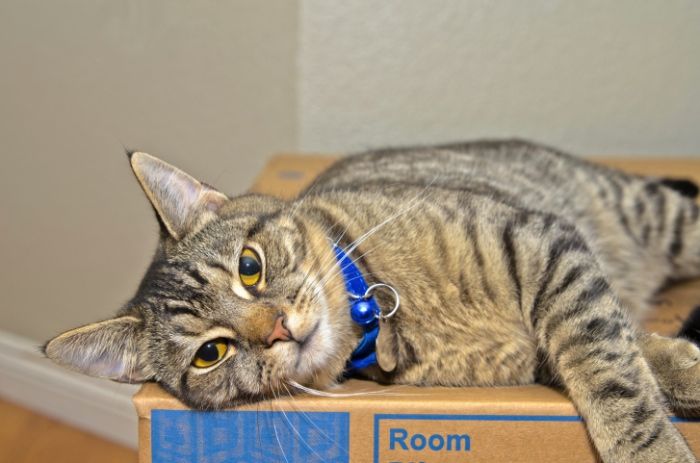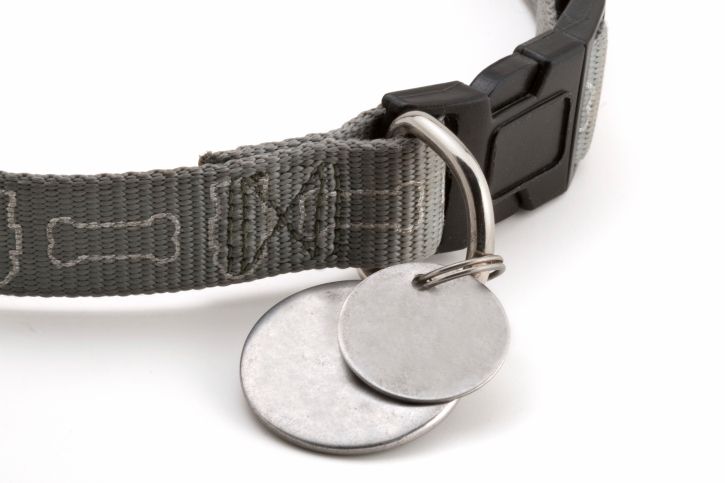« Blog
7 Great Ways to Help Pets Adjust to Moving
Posted on 06/04/2018 in pets and movingMoving can be stressful for every family member including the four-legged ones. The tough part is you can't explain to your beloved pets what's happening and why. Every animal reacts differently to new living quarters, and their temperament plays an important part in how they handle the transition. Some pets take a move in stride, while others exhibit anxiety or insecurity for weeks or months afterwards.

Here are some things to consider as your move approaches and after you and your family have moved into your new home:
1. Ask Your Vet
Ask your veterinarian for recommendations on easing the transition. If your pet is generally anxious or high-strung, perhaps it's worth asking whether a mild calming medication might be right for your pet for the first few days after the move. It's not uncommon for vets to prescribe gentle stress relief for travel. There are also many over the counter homeopathic solutions that can help.
2. Visit Prior to Moving In
If possible, take your pet to the new home for a visit before the official moving day. That way, they will be familiar with the house, yard and even the smells when moving day arrives.

3. Exploring the New Home
After you move in, give your pet plenty of time to explore the house and yard. If they’re highly excited, just limit it to one area – perhaps the kitchen – for a few hours until they calm down. Show the pet where you've placed its familiar items like the food dish, water bowl and bed. You might want to keep a dog on a leash when first allowing it to tour the greater part of the house. If you have a fenced yard, avoid letting pets out unsupervised for several days until you're sure they can't climb or dig out under the fence.
4. Welcome to the Neighborhood
Take your dog for walks and sniffing around the entire neighborhood. While you acclimate to your new location primarily by visual cues, dogs depend on their olfactory sense. Leave and enter the new home by different doors during the early walks, so your dog develops a good sense of direction and knows exactly where home is.

5. Cats and The Big Move
Territorial by nature, cats often experience more issues with moving than their canine counterparts. Keep your cat safe in its carrier upon arrival, placing it in a quiet area. When the hubbub dies down, let it out in an enclosed room away from main traffic areas. Provide your cat with familiar objects, such as a bed, litter box and toys. Spend lots of time with it and encourage it to explore the room, perhaps by strategically placing cat treats. Outgoing, friendly cats might be ready for further exploration within a day or two after arrival, while shy cats might take much longer.
6. Stay Close
While you have a million things to do after moving into a new house, try to have at least one family member home at all times during the first week or so. Have meals at home and establish a routine for your furry friends as soon as possible. Feed pets and take the dog for walks at the same time as you did at your old home.

7. Update Pet IDs
Be sure to update your pet's identification tag and other forms of information before you move. Your new municipality might require licensing within a certain time frame, but you need updated tags from day one of your move. If your pets are microchipped, contact the registration company and give them your new address and phone. This way if they happen to slip out the door anyone who finds them can easily return them to you.
If you're ready to start your search or a home that's perfect for you and your pets contact us at ReMax at the Beach. We can help find you the perfect property for all of your family members to call “home”.




Leave Comment
* All fields required